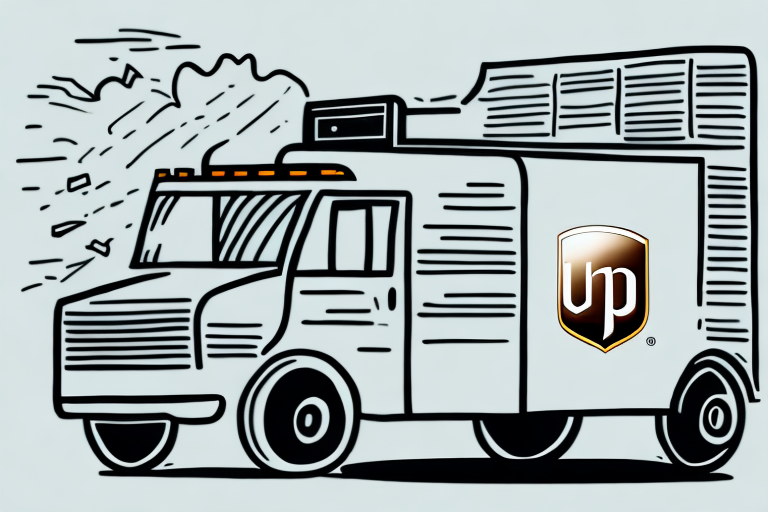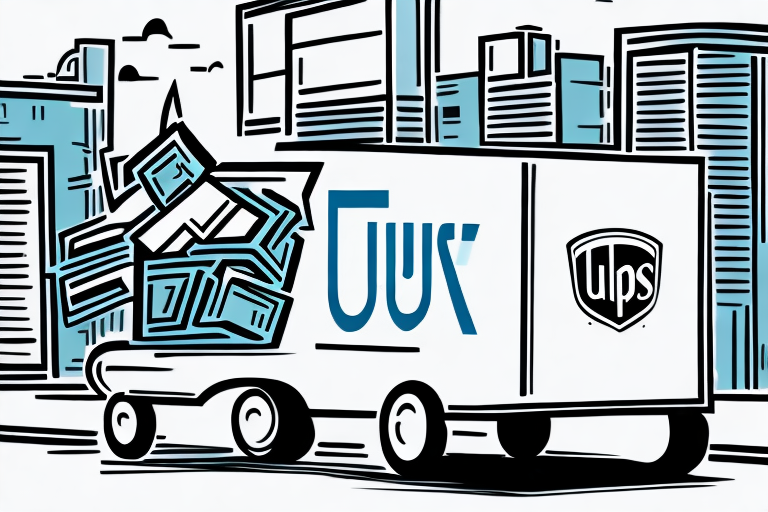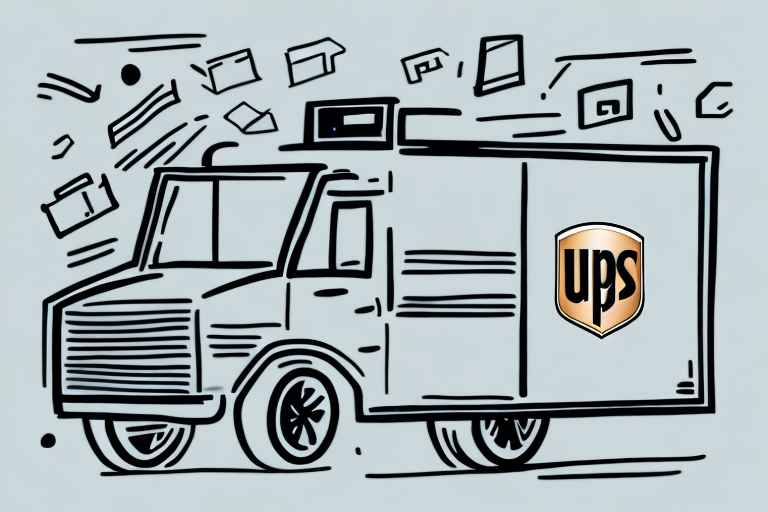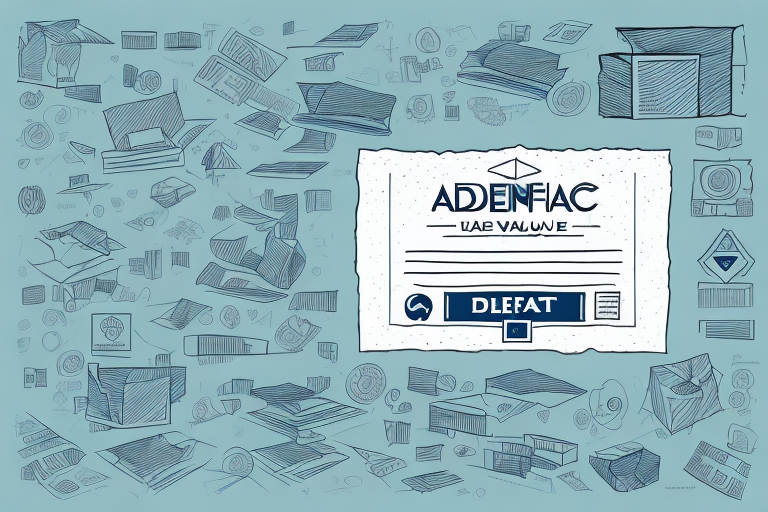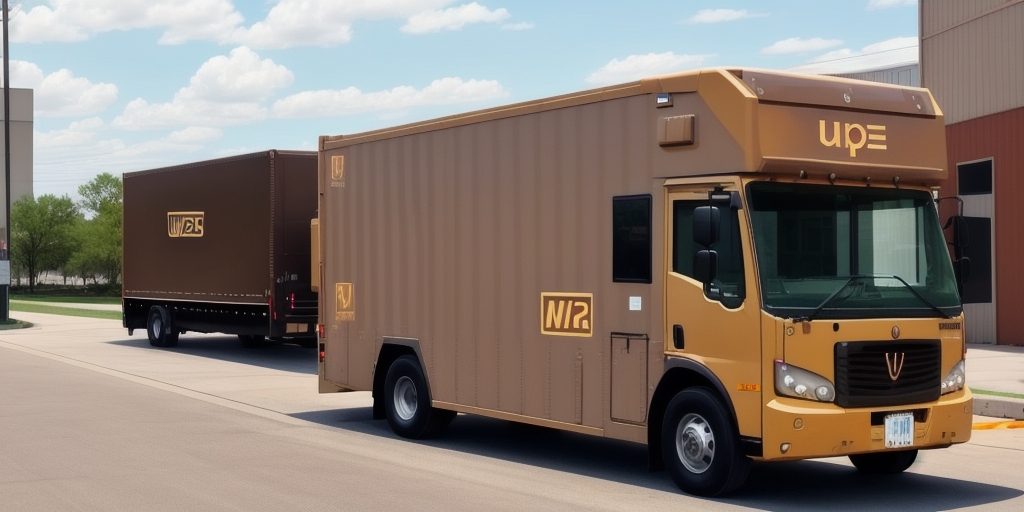Understanding UPS Default Insurance Coverage
When shipping packages through UPS, it’s essential to consider the possibility of damages or loss during transit. UPS Default Insurance Coverage provides a safety net for your shipments, ensuring peace of mind. This article offers a comprehensive overview of UPS Default Insurance Coverage, including its definition, functionality, limitations, and alternatives. Let's explore how you can protect your valuable shipments effectively.
What is UPS Default Insurance Coverage?
UPS Default Insurance Coverage is a standard insurance policy automatically included with every UPS shipment. For packages with a declared value of up to $100, this complimentary coverage reimburses you for the actual value of the package if it is damaged, lost, or stolen during transit.
However, for high-value shipments exceeding $100, additional insurance is recommended. UPS offers various insurance options, including declared value coverage, allowing you to declare a higher value and purchase corresponding coverage to ensure full protection.
How Does UPS Default Insurance Coverage Work?
When you ship a package through UPS, the company assumes responsibility for the package until it reaches its final destination. In case of loss, damage, or theft during transit, UPS provides financial reimbursement for the package's value up to $100.
If your package's value exceeds $100, you can purchase additional insurance at the time of shipment. This extra coverage ensures financial reimbursement for the full value of the package in case of any mishaps.
It's important to note that UPS Default Insurance Coverage applies only to domestic shipments within the United States. For international shipments, separate insurance coverage must be purchased through UPS or a third-party provider.
Coverage Details of UPS Default Insurance
UPS Default Insurance Coverage protects the declared value of your package against damage, loss, and theft during transit. However, it excludes certain items, such as:
- Cash
- Jewelry
- Collectibles
Before relying on UPS Default Insurance, review UPS’s [prohibited items list](https://www.shipscience.com/prohibited-items) to ensure your package qualifies for coverage.
Key limitations include:
- The maximum liability is capped at $100 per package.
- Exclusions for high-value items unless additional insurance is purchased.
- Coverage applies only to packages shipped via UPS.
Cost of UPS Default Insurance Coverage
UPS Default Insurance Coverage comes at no additional cost for packages valued up to $100. For higher-value packages, purchasing additional insurance is necessary.
Additional insurance can be acquired through UPS or third-party providers, offering various coverage levels to suit different needs. It's advisable to compare options to ensure you receive the best protection for your shipments.
Remember, UPS Default Insurance does not cover indirect or consequential losses, such as lost profits. For comprehensive protection, consider integrating additional insurance options.
Filing a Claim with UPS Default Insurance Coverage
If your package is lost, damaged, or stolen during transit, you can file a claim with UPS to receive reimbursement up to $100. To file a claim:
- Visit the [UPS Claims Center](https://www.shipscience.com/file-claim).
- Provide your tracking number and package details.
- Submit any required documentation, such as proof of value or evidence of damage.
Once submitted, UPS will review your claim and issue reimbursement via check or account credit within a few weeks. Ensure all information is accurate to facilitate a smooth claims process.
Alternatives to UPS Default Insurance Coverage
For packages exceeding $100 or containing items not covered by UPS Default Insurance, consider the following alternatives:
- Additional UPS Insurance: Purchase extra coverage directly from UPS to cover higher values.
- Third-Party Insurance Providers: These providers may offer more comprehensive coverage or competitive rates.
- Self-Insurance: Declare a higher value for your package, though this may require a claims process similar to additional UPS insurance.
Evaluate each option's costs and benefits to determine the best fit for your shipping needs.
Best Practices for Packaging and Shipping
Proper packaging and shipping practices can minimize the risk of damage and loss, reducing reliance on insurance claims:
Packaging Tips
- Use sturdy, appropriate packaging materials.
- Secure items tightly to prevent movement within the package.
- Double-box fragile items for added protection.
Labeling Your Shipments
- Clearly label packages with both sender and recipient addresses.
- Include special handling instructions like "Fragile" or "Handle with Care."
- Ensure labels are securely attached and not obscured.
Tracking and Verification
Utilize UPS’s tracking services to monitor your shipment’s progress. Verify the contents upon receipt to ensure everything arrived in good condition.
Choosing the Right Shipping Insurance for Your Business
Selecting the appropriate shipping insurance depends on your business's specific needs:
- Assess Shipment Value: Higher-value items may necessitate additional insurance.
- Consider Shipment Frequency: Regular high-value shipments might benefit from a comprehensive insurance plan.
- Evaluate Carrier Options: Different carriers offer varying insurance terms and rates.
Always review and compare insurance options to ensure optimal protection and cost-effectiveness for your business operations.
Frequently Asked Questions About UPS Default Insurance Coverage
- Q: Is UPS Default Insurance Coverage sufficient for my needs?
A: It depends on the value and contents of your shipments. Review your options and consider additional coverage if necessary. - Q: How do I file a claim with UPS Default Insurance Coverage?
A: Claims can be filed through the [UPS website](https://www.shipscience.com/file-claim) or by contacting their customer service. - Q: What items are not covered by UPS Default Insurance Coverage?
A: Items such as cash, jewelry, and collectibles are excluded from coverage.
With a thorough understanding of UPS Default Insurance Coverage, you can make informed decisions to protect your shipments effectively. Assess your shipping needs, utilize best practices, and choose the right insurance options to ensure your packages arrive safely and securely.

